Introduction
Social networking is now a crucial tool for both individuals and organizations in the digital age.
It allows us to connect with our audience, share information, and build brand awareness.
The administration of numerous social media sites, however, may be time-consuming and exhausting.
That’s why establishing an efficient and productive social media workflow is crucial.
In this blog post, we will explore seven strategies that can help you streamline your social media efforts and maximize your productivity.
7 Strategies for a productive social media workflow
1. Set Clear Goals and Objectives:
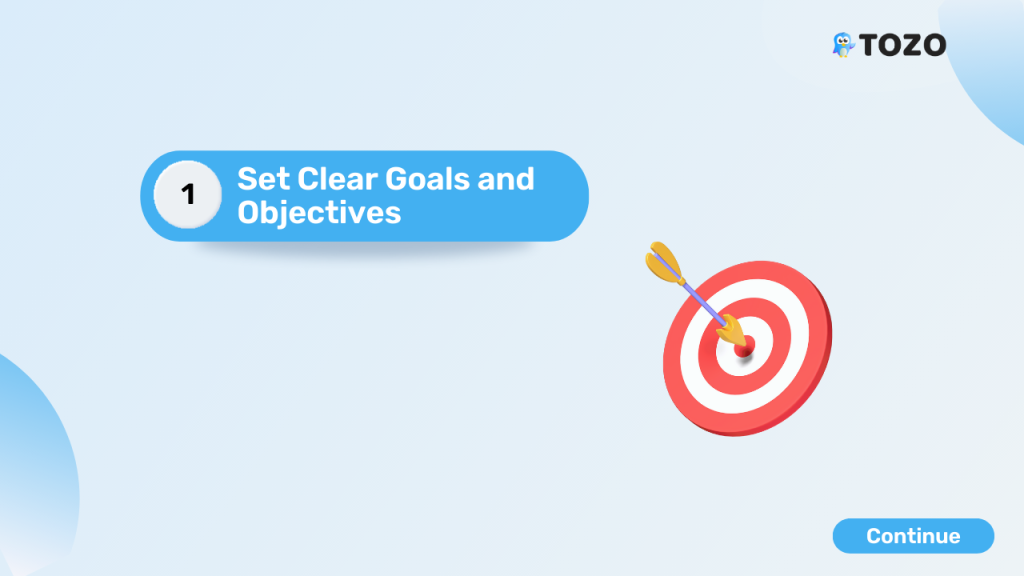
Before diving into social media, it’s essential to define your goals and objectives.
What do you aim to achieve by utilizing social media? Is the goal to build audience engagement, promote website traffic, produce leads, or raise brand awareness?
Setting clear goals will guide your content creation and help you measure your success.
To set effective goals, make sure they are SMART (Specific, Measurable, Achievable, Relevant, and Time-bound).
For example, instead of setting a vague goal like “increase brand awareness,” make it more specific by saying “increase brand awareness by 20% within three months.”
Having specific goals will provide clarity and direction to your social media efforts.
2. Create a Content Calendar:
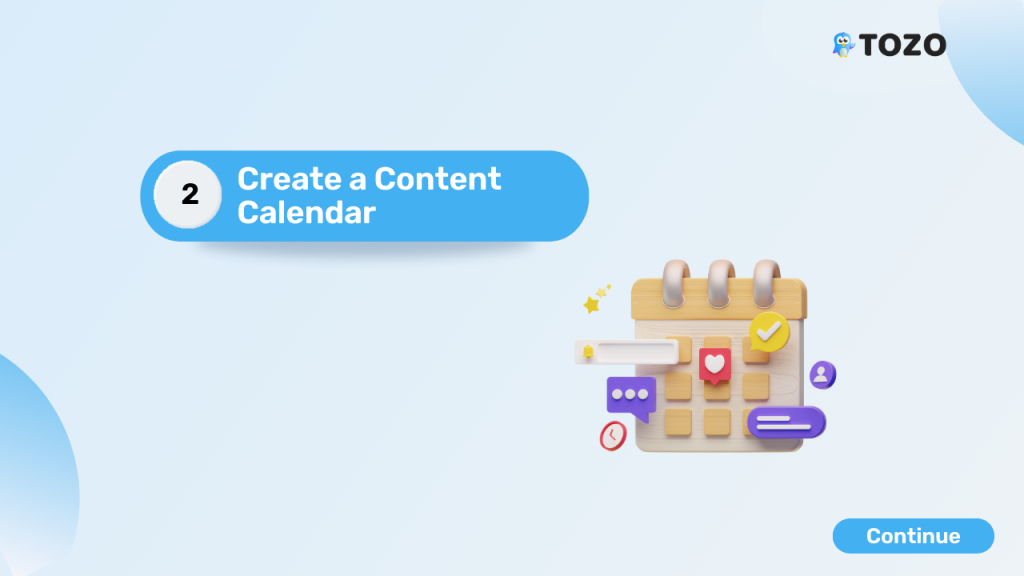
An effective technique for organizing and managing your social media material is a content calendar.
It allows you to map out your posts in advance, ensuring a consistent and coherent presence across platforms.
Consider using scheduling tools like Hootsuite or Buffer to automate your posting process, saving you time and effort.
When creating a content calendar, take into account important dates, events, or holidays that are relevant to your audience or industry.
Plan your content around these dates to capitalize on trending topics and engage your audience effectively.
Additionally, include a variety of content types such as images, videos, blog posts, infographics, and user-generated content to keep your feed diverse and engaging.
3. Identify Key Platforms:
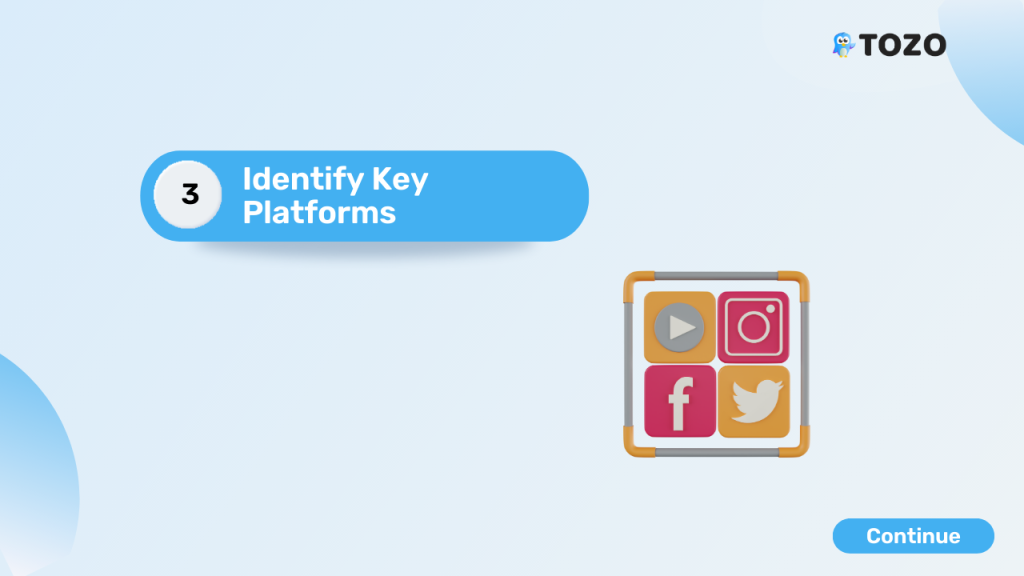
Not all social media platforms are created equal, and not all may be relevant to your business or target audience.
It’s important to identify the platforms that align with your goals and focus your efforts on those.
Conduct research to understand which platforms your target audience uses the most and tailor your content accordingly.
Each social media platform has its own strengths and audience demographics.
For example, if you are targeting a younger audience, platforms like Instagram may be more effective.
On the other hand, if you are targeting professionals or B2B clients, LinkedIn might be the ideal platform for you.
By understanding your target audience and the platforms they prefer, you can allocate your resources effectively and achieve better engagement and results.
4. Engage and Interact:
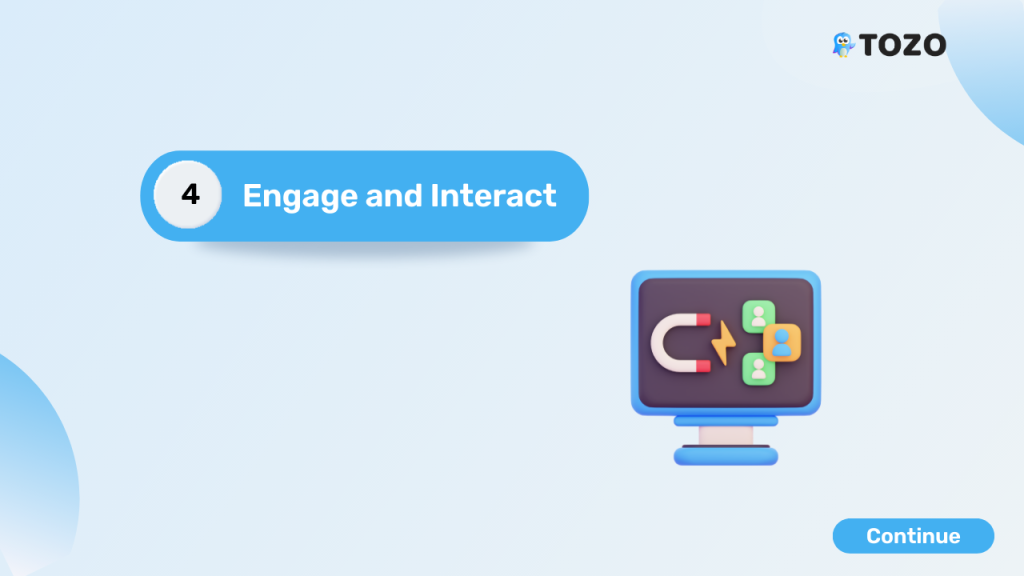
Social media is a two-way street. It’s not just about broadcasting your messages; it’s also about engaging with your audience and building relationships.
Allocate a certain amount of time each day to reply to remarks, messages, and mentions.
Actively participate in relevant conversations, join groups and communities, and provide value through meaningful interactions.
Engagement is key to creating a thriving social media presence.
Respond promptly to comments and messages, addressing any queries or concerns raised by your audience.
Use polls, surveys, and contests to encourage active participation. Additionally, regularly share user-generated content and acknowledge your followers by featuring their posts.
By fostering a sense of community and showing genuine interest in your audience, you can build stronger relationships and increase brand loyalty.
5. Use Social Media Management Tools:
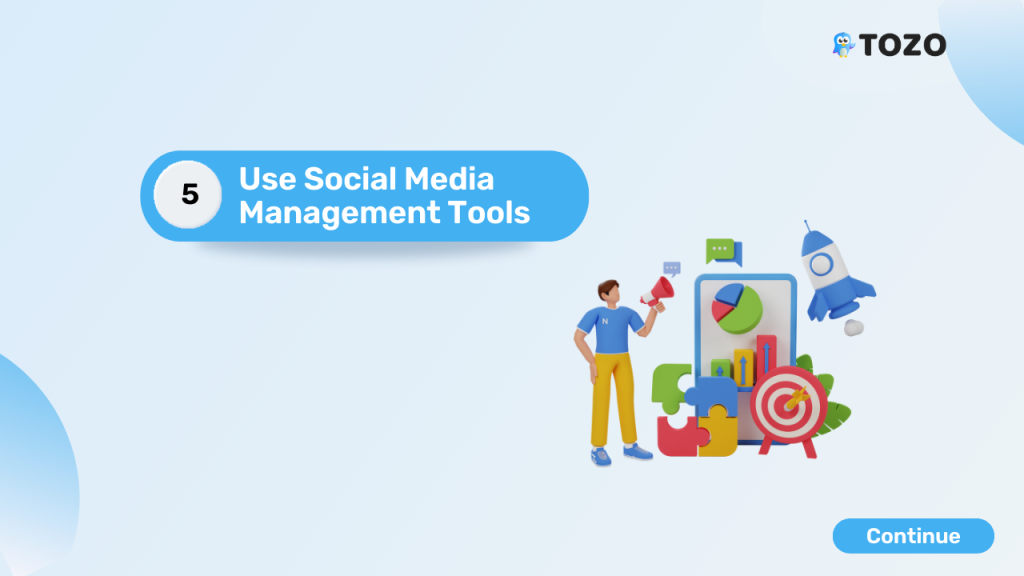
Social media management tools can be a game-changer when it comes to productivity.
These tools allow you to monitor multiple platforms, schedule posts, analyze data, and gain insights into your audience’s behavior.
Explore tools like Sprout Social, Later, or Tozo.Social to find the ones that best suit your needs.
With social media management tools, you can schedule posts in advance, saving time and ensuring a consistent posting schedule.
These tools also provide analytics and reporting features, allowing you to track the performance of your posts and campaigns.
By leveraging the data provided, you can identify the best times to post, the most engaging content types, and optimize your strategy accordingly.
6. Monitor Analytics and Adjust:
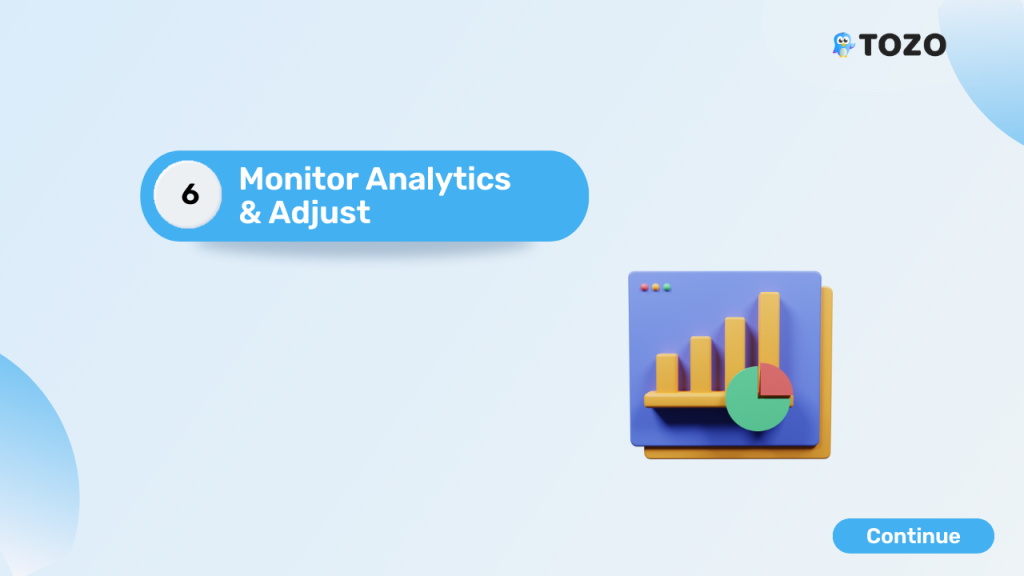
Regularly monitoring and analyzing your social media analytics is essential for measuring your progress and optimizing your strategy.
Pay attention to metrics like reach, engagement, click-through rates, and conversions.
Use these insights to identify what’s working and what’s not, and make data-driven adjustments to your content and posting schedule.
Analytics provide valuable feedback on the effectiveness of your social media efforts.
Identify which posts are generating the most engagement and resonating with your audience.
Understand the demographics of your followers and tailor your content to better cater to their preferences.
Additionally, track referral traffic to your website to determine which social media platforms are driving the most traffic and conversions.
By continually analyzing your analytics, you can refine your strategy and allocate your resources more effectively.
7. Continuously Learn and Adapt:
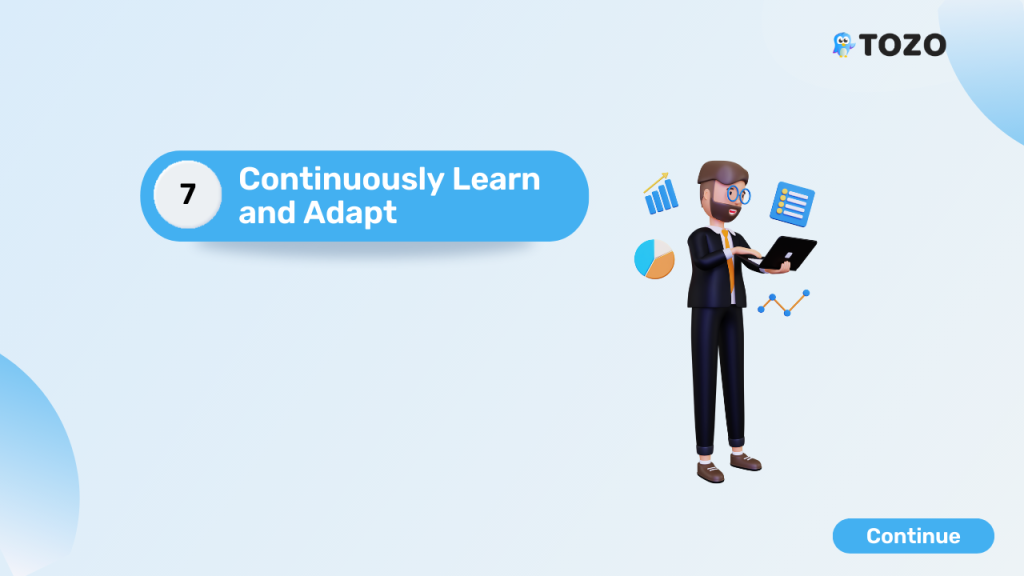
The social media landscape is ever-evolving, and trends and algorithms change frequently.
To stay ahead of the game, commit to continuous learning. Keep up with industry news, attend webinars or conferences, and follow social media thought leaders.
Be adaptable and willing to experiment with new strategies and tactics to keep your workflow fresh and effective.
Stay updated with the latest social media trends, algorithm changes, and new features rolled out by platforms.
Experiment with different content formats and strategies to find what resonates best with your audience.
Test new advertising options or influencer collaborations to expand your reach.
Embrace change and be willing to adapt your social media workflow to stay relevant and engage your audience effectively.
Conclusion
A productive social media workflow is essential for maximizing your impact on social platforms.
By setting clear goals, creating a content calendar, engaging with your audience, using management tools, monitoring analytics, and staying adaptable, you can streamline your efforts and achieve success in your social media endeavors.
Remember, social media is not just a task to check off—it’s an opportunity to connect, engage, and build relationships with your audience.
With the right strategies in place, you can create a thriving social media presence that drives results for your business.



